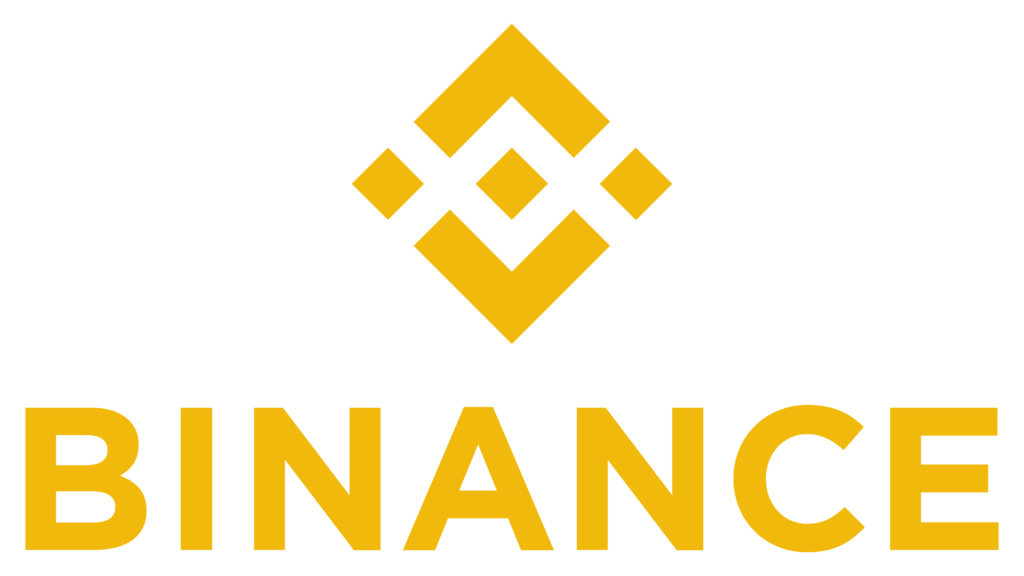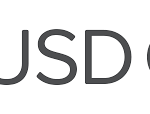Stablecoins have gained significant popularity in the cryptocurrency market by providing stability in a highly volatile environment. Among the various stablecoins available, USD Coin (USDC) and Tether (USDT) have emerged as leading contenders. In this article, we will compare these two stablecoins, highlighting their similarities and differences in terms of issuer transparency, regulatory compliance, and backing reserves. Additionally, we will examine the influence of stablecoins in the cryptocurrency market.
Issuer Transparency:
Issuer transparency is a crucial factor when evaluating stablecoins. USD Coin is issued by a consortium named Centre, which is a collaboration between Circle and Coinbase. Both Circle and Coinbase are well-established and regulated entities within the cryptocurrency space. On the other hand, Tether has faced some scrutiny when it comes to transparency. There have been concerns regarding the accuracy of Tether’s reserves and the extent of their backing. This lack of transparency has led to skepticism within the cryptocurrency community.
Regulatory Compliance:
Regulation plays a significant role in the stability and trustworthiness of stablecoins. USD Coin is compliant with the necessary regulatory requirements, as both Circle and Coinbase prioritize operating within the regulatory framework. This compliance ensures that USDC has a legal and transparent operating structure, making it more attractive to businesses and institutional investors. In contrast, Tether has faced regulatory challenges in the past. The company has been subjected to investigations by authorities, raising doubts about its long-term viability and trustworthiness.
Backing Reserves:
The backing reserves of stablecoins determine their ability to maintain a stable value. USD Coin is backed on a 1:1 basis by US dollars held in bank accounts, ensuring full transparency and liquidity. This means that for every USDC in circulation, an equivalent amount of US dollars is held as collateral. This backing provides confidence that the value of USDC will remain stable, as it can always be redeemed for its equivalent US dollar value. On the other hand, Tether’s backing reserves have been a subject of controversy. While Tether claims to be backed by US dollars, this hasn’t been substantiated with a proper audit, leading to concerns about the true value and stability of USDT.
Influence on the Cryptocurrency Market:
Stablecoins, including USDC and USDT, play a significant role in the overall cryptocurrency market. Their stability offers a reliable unit of account that can be used for transactions and as a store of value. Furthermore, stablecoins provide an avenue for traders to mitigate the risk of price volatility when transitioning between different cryptocurrencies or fiat currencies. Many cryptocurrency exchanges also utilize stablecoins as a base pair for trading, making USDC and USDT integral in facilitating the exchange of various cryptocurrencies.
Table: USD Coin vs Tether – A Comparison
Here’s a table comparing USD Coin (USDC) and Tether (USDT), two popular stablecoins used in the cryptocurrency market:
| USD Coin (USDC) | Tether (USDT) | |
|---|---|---|
| Introduction | Launched in October 2018 | Launched in November 2014 |
| Issuing Company | CENTRE consortium (co-founded by Circle and Coinbase) | Tether Limited |
| Blockchain | Initially launched on Ethereum, but expanded to other blockchains like Algorand and Solana | Initially launched on Bitcoin’s Omni Layer protocol, but expanded to other blockchains like Ethereum, Tron, and others |
| Purpose | Stablecoin pegged to the value of the US dollar (1 USDC = 1 USD) | Stablecoin pegged to the value of the US dollar (1 USDT = 1 USD) |
| Transparency | USDC undergoes regular third-party audits to ensure transparency and the backing of each token by a corresponding US dollar in reserve | USDT has faced concerns regarding transparency, with intermittent audits and a lack of complete clarity regarding reserves |
| Regulatory Compliance | USDC follows strict regulatory compliance and works closely with regulators, such as KYC/AML (Know Your Customer/Anti-Money Laundering) checks on users | USDT has faced some regulatory scrutiny and concerns over compliance |
| Market Capitalization (as of June 2023) | Over $14 billion | Over $62 billion |
| Trading Volume (as of June 2023) | Over $5 billion daily | Over $50 billion daily |
| Use Cases | Widely used as a stable digital currency for trading, remittances, and DeFi (Decentralized Finance) applications | Used for similar purposes as USDC, including trading and DeFi, but has faced some controversies |
| Stability and Trust | USDC has gained trust due to its transparent auditing, regulatory compliance, and established partnerships | USDT has faced some trust issues and controversies related to reserve backing, though it remains widely used |
| Availability | USDC is available on multiple cryptocurrency exchanges and can be easily purchased or traded | USDT is widely available on exchanges and has a broader reach in terms of supported blockchains |
| Expansion | USDC has expanded to support multiple blockchains, providing more flexibility for users and developers | USDT has also expanded to support various blockchains, offering wider integration options |
| Future Plans | USDC aims to further enhance regulatory compliance and expand its ecosystem across different blockchains | Tether Limited has expressed plans to improve transparency and further address regulatory concerns |
FAQs Section:
1. Can I redeem USD Coin for its equivalent value in US dollars?
Yes, USD Coin can always be redeemed for its equivalent US dollar value, as it is backed by a 1:1 collateral of US dollars held in bank accounts.
2. Is Tether’s backing fully transparent and audited?
Tether’s backing reserves have not been fully audited, leading to concerns about the true value and stability of USDT.
3. Why are stablecoins important in the cryptocurrency market?
Stablecoins provide stability in a highly volatile cryptocurrency market, allowing for reliable transactions and acting as a store of value. They also facilitate trading by serving as base pairs and reducing exposure to price volatility.
Conclusion:
Stablecoins have emerged as an essential aspect of the cryptocurrency market, providing stability and facilitating transactions. USD Coin and Tether are two popular stablecoins, but they differ significantly in terms of issuer transparency, regulatory compliance, and backing reserves. While USD Coin offers higher levels of transparency and regulatory compliance, Tether has faced scrutiny and doubts regarding its reserves. Understanding these differences is crucial for users, businesses, and investors seeking reliable and trustworthy stablecoins in the ever-evolving cryptocurrency landscape.







